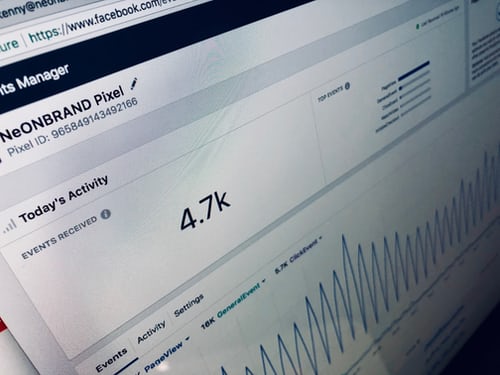
Automation has been become a norm in online marketing, especially if you are doing it on Google platforms. For marketers that sense the potential and opportunities that come with more automation, there might be an increased number of clicks, impressions, and conversions.
But how to make sure that you are actually controlling those automated Google campaigns? Automation should facilitate your skillset, not replace it.
There should be a balance between our skills and automation for key campaign types. Keeping this in mind, here is how you can control the key campaign without giving up on control.
Smart Display Campaigns (Pay for Conversions):
It can be a useful option to capitalize the automated targeting by Google but it still controls what you end up paying for those conversions. Smart Display campaign ensures automated targeting and Google optimizes it as the campaign goes on.
Getting control over targeting might sound like being overly optimistic for the campaign. However, this should be fine as we all are using the Smart Display because we are using the pay for conversions bid strategy. Unlike other automated bid strategies, pay for conversions is only available for Display campaigns.
The pay for conversions option requires you to follow some guidelines. Therefore, you need to verify if your campaigns are eligible for this.
The good thing is that Google just goes overboard when it comes to targeting. However, for most marketers, the biggest concern is that they want to control the targeting with Smart Display. There is a solution for it. For example, if you pay $100 for a conversion, you don’t need to pay anything until you get a conversion based on the setting.
Having a campaign this way can give your ads more exposure, which generally is not ideal unless you are also getting conversions, but you are not “billing” for those impressions. So now your brand is exposed to the relevant audience without paying a dime for it.
Implying Exclusions and Negative Keywords with Dynamic Search Ads:
Dynamic Search Ads lets you submit a list of URLs to Google. Google will then use them as a cue for an ad based on the keywords being available on the page and your ad copy.
While the final URL, display URL, and headline are checked by Google, you can still control the descriptions. Therefore, make sure to incorporate calls to action and messaging in your descriptions because Google can insert there anything based on the finding of your website.
The dynamic ad target section of your reports lets you view the search terms stimulating your ad, along with the headline and landing page that Google has chosen for that ad.
This piece of information can be used to manage what dynamic targets you have in the account.
But you are required to be proactive with the pages being excluded (such as the about us page, terms and condition page) from your campaign. It can be done by adding exclusions manually or providing a page feed.
Likewise, using your negative keyword list can be rewarding.
Using Custom Video Campaigns:
TrueView helps drive leads and conversions by adding important CTAs, headline text overlays, and an end screen to your video ads. But it will be changed into Video action campaigns soon.
So you can now get a longer headline and description, so now the placements have expanded and your ad can look a little bit different depending on the position and placement of your ad.
If you are still looking to run Discovery campaigns, you have the flexibility to create your own
with the Custom video option. In fact, you can create a standalone Discovery campaign.
Google has many features to let you control your campaign.
Using Remarketing Lists:
Google is now looking to empower the Smart Bidding system. But that might not be useful for every marketer. Therefore, if you haven’t used this feature ever before, wait a little bit or opt for a specific strategy.
But if you are looking to opt for full broad for your particular industry while widening your keyword reach, you can use RLSA which stands for Remarketing List for Search Ads. It will target the people that have visited your website so that they can know your brand.
This way, it can be more particular and gives you the confidence to aim for full broad with the full Smart Bidding planning. But make sure you are targeting the people who are familiar with your brand (someone who has visited your website).
As automation becomes a marketing necessity, you as a marketer need to embrace it. Automation is going to transform the way we do marketing, no matter if we use Google or other paid channels.
However, it is still important to test things to determine what can work.
What do you think? Let me know by commenting below!

Started working as a digital marketing expert, Varun Sharma is now also a well-known digital marketing speaker – a speaker on performance development, and a trusted mentor to businesses in the digital world. His keynote expositions are based on the digital marketing theories, which provide a fascinating insight into the secrets of high performance.

